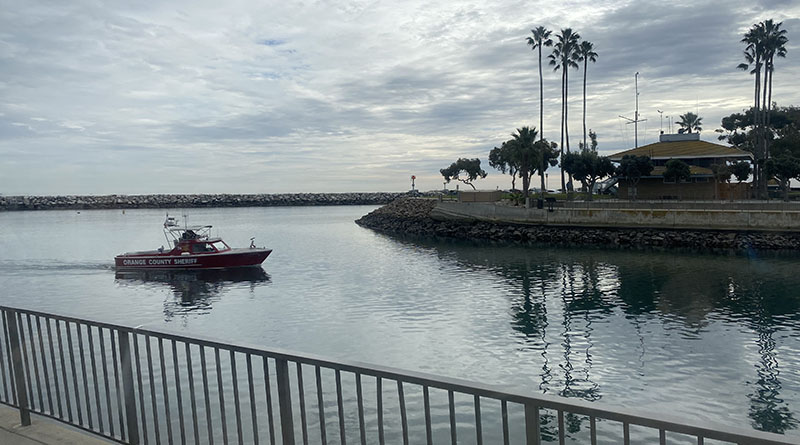I purchased a Vessel and originated a loan with an institutional lender in 2003. At the time of the purchase the lender recorded a “Preferred Ship Mortgage” with the Coast Guard. Unfortunately the boat sank several years ago and the insurance company refused to pay the claim. We filed suit against the insurance company but we lost, and the claim denial was upheld. Several months after the completion of the lawsuit, my lender filed a notarized “Satisfaction of Preferred Ship Mortgage” with the Coast Guard. The Coast Guard subsequently provided me with a certified copy of that document, but apparently that was not the end of my journey. Last month I was served with a lawsuit by a company that had purchased my loan from my lender, demanding payment of the balance of the boat loan. Can a lender demand payment of a loan after a “Satisfaction of Preferred Ship Mortgage” has been notarized, recorded and signed off by the Coast Guard? If so, what does the filing of the satisfaction trigger? What additional documents must be filed to release a mortgage other than a recorded “Satisfaction of Preferred Ship Mortgage?”
It seems that our reader does not understand the difference...







